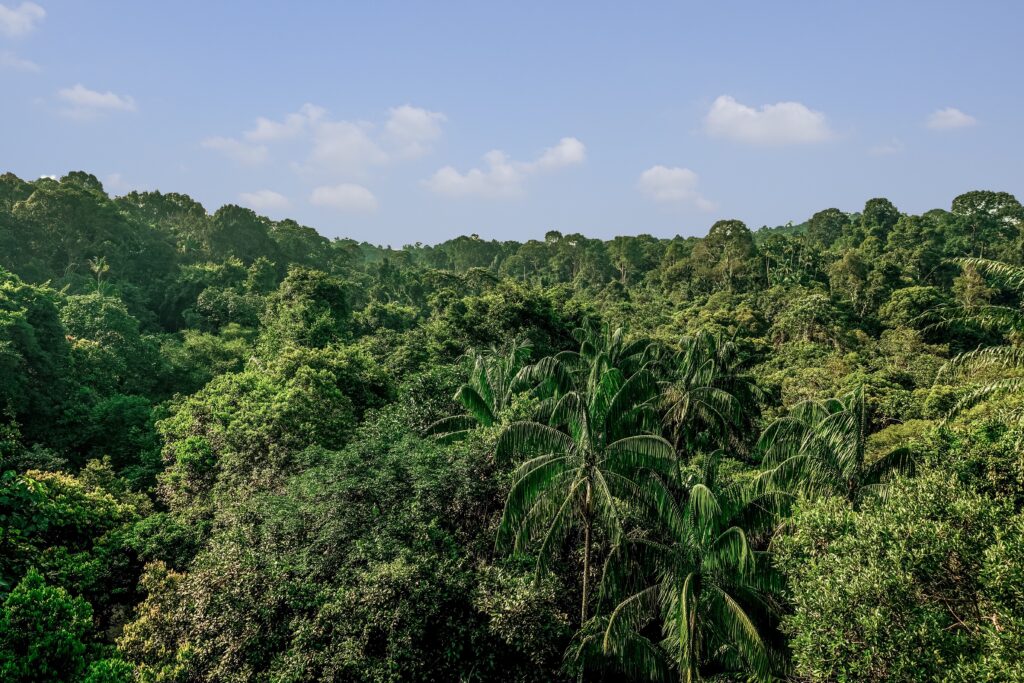Where Singapore sits
Singapore is a small, diamond shaped island in Southeast Asia, just off the southern tip of the Malay Peninsula. To the north, Malaysia is linked by a causeway. To the south, across the Straits of Malacca, lies the Indonesian archipelago.
It is about one hundred and thirty seven kilometres north of the Equator. The main island is about forty two kilometres long and twenty three kilometres wide.

